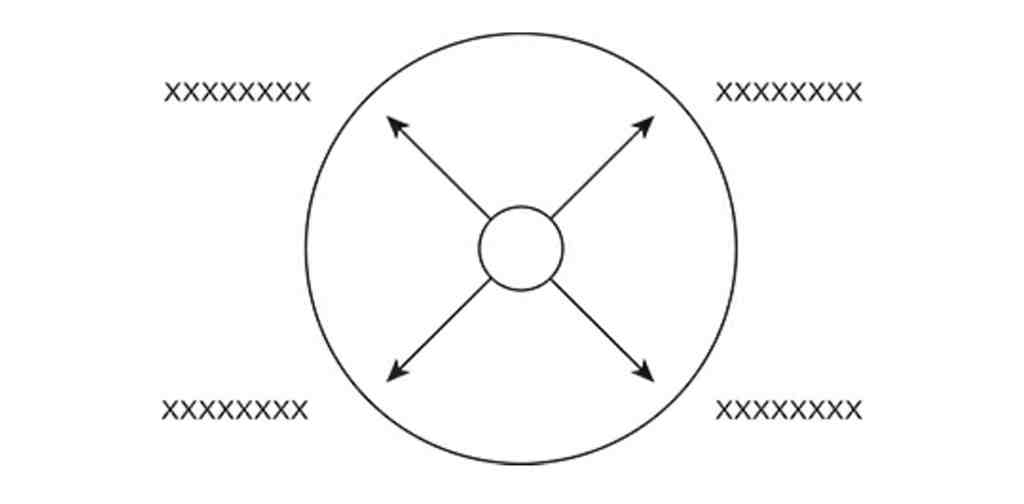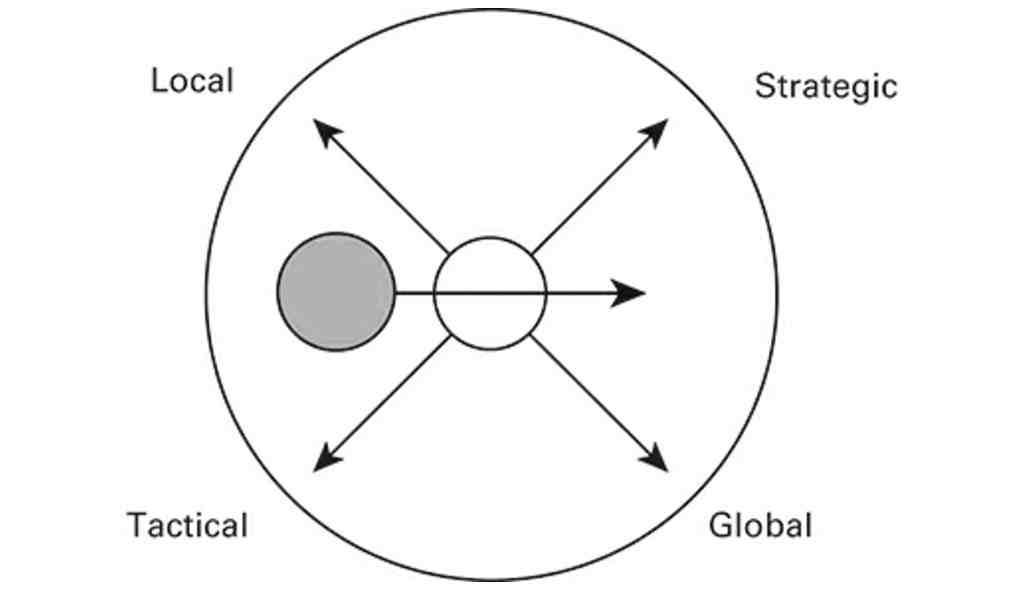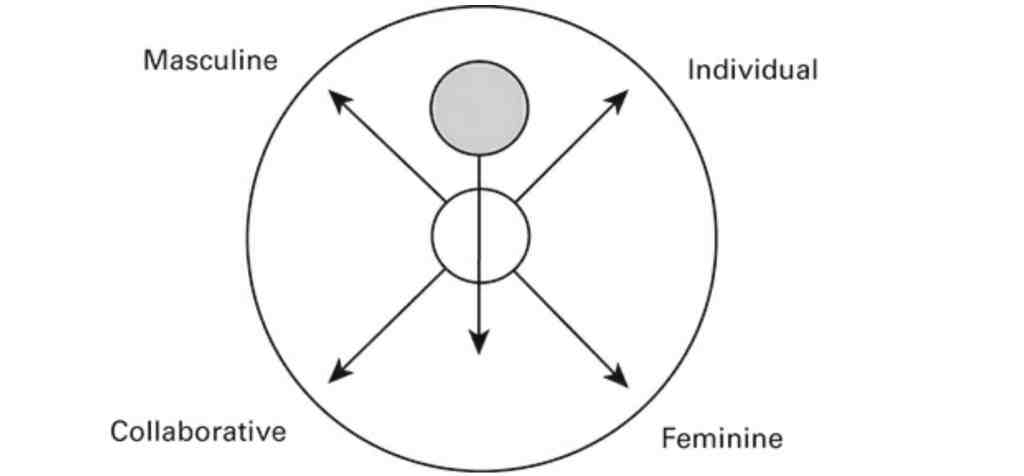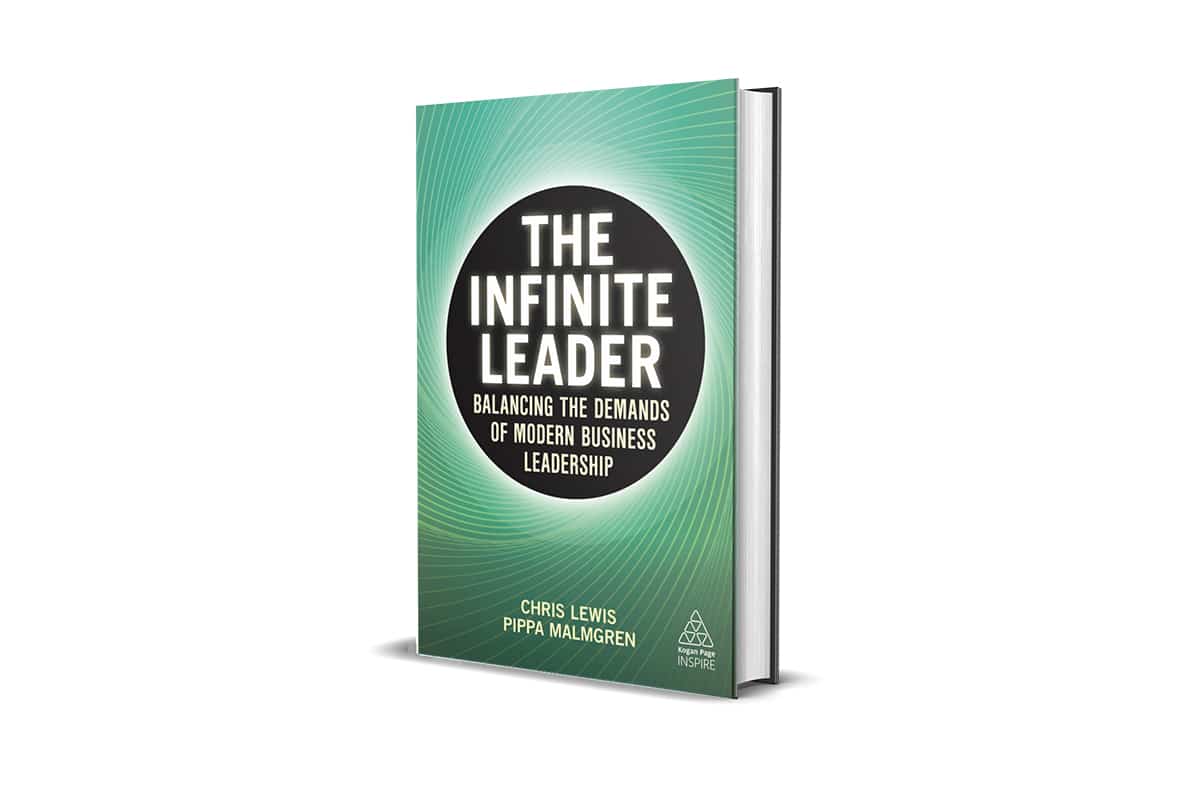Genre: Leadership
By
Hardcover | pp. | Kogan Page | 27/10/2020 | 1st Edition
Buy on Amazon
The Infinite Leader by Chris Lewis and Pippa Malmgren is a book that focuses on the failure of current leadership models, and propose a new alternative way of seeing Leadership as a balancing act between opposites. The book also introduces the concept of Zero State Thinking where long-term success depends on a balance between analytic logic and intuition. The two authors are expert in communication and PR, and this transpires at each page of the book. The idea presented is exciting, and the few pages that concentrate in its explication are remarkable. However, there’s also a lot of “noise” in the form of concepts that seem sometimes not fully related, many slogans, some sentences that feel written more like an aphorism book rather than to discuss real content. Which makes the support to the theory presented a bit weak, even if the topics covered are important.
We can’t always change our leaders or our circumstances, but we can change our response to them.
Chris Lewis and Pippa Malmgren, The Infinite Leader, Page 3
The conclusion of the book summarises the objectives that the two authors pursued. A work that tries to investigate the realization of the continuing problem of leadership failure and its reasons including a recognition that this is an ongoing challenge. The problem of imbalance is described as the key reason for the faults of current Leadership. One of the weak spots is the definition of Leadership itself. The book advocates for a broad concept of leadership, encompassing everyone, not just the leader by status. However, when examining the failures of current leaders, it goes back to the politicians and business executives, we typically associate with a position-based leadership role.
The problem is our modern obsession with the idea that there is a perfect and infallible leader, if only we could find them.
Chris Lewis and Pippa Malmgren, The Infinite Leader, Page 42
The book calls for an education reform that can help and support the development of a new leadership focused more on collaboration and less on the competition. People should overcome the analytic thinking that descends from the Industrial Evolution approach, and embrace a model that balances across intersecting criteria. This is the most attractive concept of the book that is explored several times with several different suggestions but sometimes lacks the full support in thoroughly understanding the impact of each example.
Leadership must be a moral commitment to do the right thing or it’s nothing.
Chris Lewis and Pippa Malmgren, The Infinite Leader, Page 23
The Infinite Leader
The Infinite Leader is the one who leads with the greatest balance and who creates the conditions to transcend limitations. The Infinite Leader sees the possible where all others see the impossible.
Chris Lewis and Pippa Malmgren, The Infinite Leader, Page 44
The authors identify a general model of balance that is based on what they define Zero State Thinking. The idea is that zero, as in the origin of two cartesian axes, becomes the lieu of balancing act between two opposing forces. Leadership is described as the capability to balance multiple of these forces, which may vary depending on the context and the investigation lens adopted. Figure 1 displays the general Infinite Model framework, whereby at least four opposite forces are drawn into a circle, looking path the positioning that the leader might take.

Leader needs to be constantly reinventing different ways of measuring balance against a range of scales:
- Local – Global
- Male – Female
- Tactical – Strategic
- Short-term – Long-term
- Me – We
- Home – Work
- Execution – Thinking
- Static – Mobile
- Personal – Organizational
- Young – Old
- Homogenous – Diverse
- Natural – Artificial
- Today – Tomorrow
There are probably many more, but it is interesting to notice that instead of dichotomies, these are seen and balancing acts. The book makes a few detailed examples of the possible balancing acts. I have selected two that I think are more representative.
Manager vs. Leader
The “Manager vs Leader” model illustrated in Figure 2, looks at the balance that leadership needs to strike between operational and tactical work. The book provides three different alternatives on this dualism, referring to Pendry and then looking athlete manager vs leader dualism.

Leaders should be capable of operating at both the tactical and the strategic level, managers only at the lower level. This is typically a model where management does a good job of meeting local and tactical needs but fails to understand complete strategic goals. The opposite would also be true. And here, the idea of Leadership as a balancing act emerges visibly.
Gender Equality
The idea of this model comes from the fact that we know that masculine leaders tend to be focused more on personal goals and less on team goals. Therefore, as can be seen in Figure 3, the imbalance comes out from the tendency to align too much on the Masculine and Individual forces.

Across the book, there are several interesting portions that focus on the concept of Gender Equality and Leadership. They start from a consideration that Leadership books are overwhelmingly written by men. The entire Leadership study domain is dominated by a western-centric, paternalistic and macho point of view.
We haven’t yet explained how girls can be ahead of boys at almost every level in school yet fall behind men later in the workplace in terms of leadership and salary achievements.
Chris Lewis and Pippa Malmgren, The Infinite Leader, Page 34
Yet the book seems to miss the element of providing an alternative way of seeing this. How can more feminine leadership work? Also because we see this not necessarily as a physical gender attribute, but as a psychological individual element.
Conclusion
The book has one of the most interesting chapter when if analyses the impact of education on Leadership. A table, that you can see here in Figure 4, summarises the thought of the authors.
| We get scores for: | We get nothing for: |
|---|---|
| Right Answers | Empathy |
| Obedience | Non-conformity |
| Individual Achievement | Collaboration |
| Passing exams | Teaching others |
| Action | Endurance |
| Attention | Imagination |
| Deduction | Determination |
| Maturity | Humour |
| Intellect | Humility |
| Organisation | Integrity |
| Opportunism | Loyalty |
The qualities on the right-side of the table are the important leadership qualities. If we accept that in actuality, schools and universities treat these skills as incidentals or nice to haves then it’s why we’re churning out leaders who continue not to ‘get it’. Interestingly enough, the qualities on the right side are the most frequently associated with “feminine” traits, another element on the gender imbalance already mentioned.
The leader’s job is not to predict one outcome and prepare for it. It’s to prepare for all outcomes. What matters is having the imagination to see the potential outcomes and include them in the planning process.
Chris Lewis and Pippa Malmgren, The Infinite Leader, Page 15
All in all the book poses the right questions and provides a framework to identify some of the answers. Unfortunately, few actionable items are put through, despite the high amount of valuable content. As you flip through the pages, you are left with a longing for more answers. Yet, I find this book useful for all those people that are approach leadership with some knowledge on the topic, and that can discern what actions can be taken. The balance model can become a useful tool.
Did you read this book? Did you find it useful? Feel free to add your comment below.

